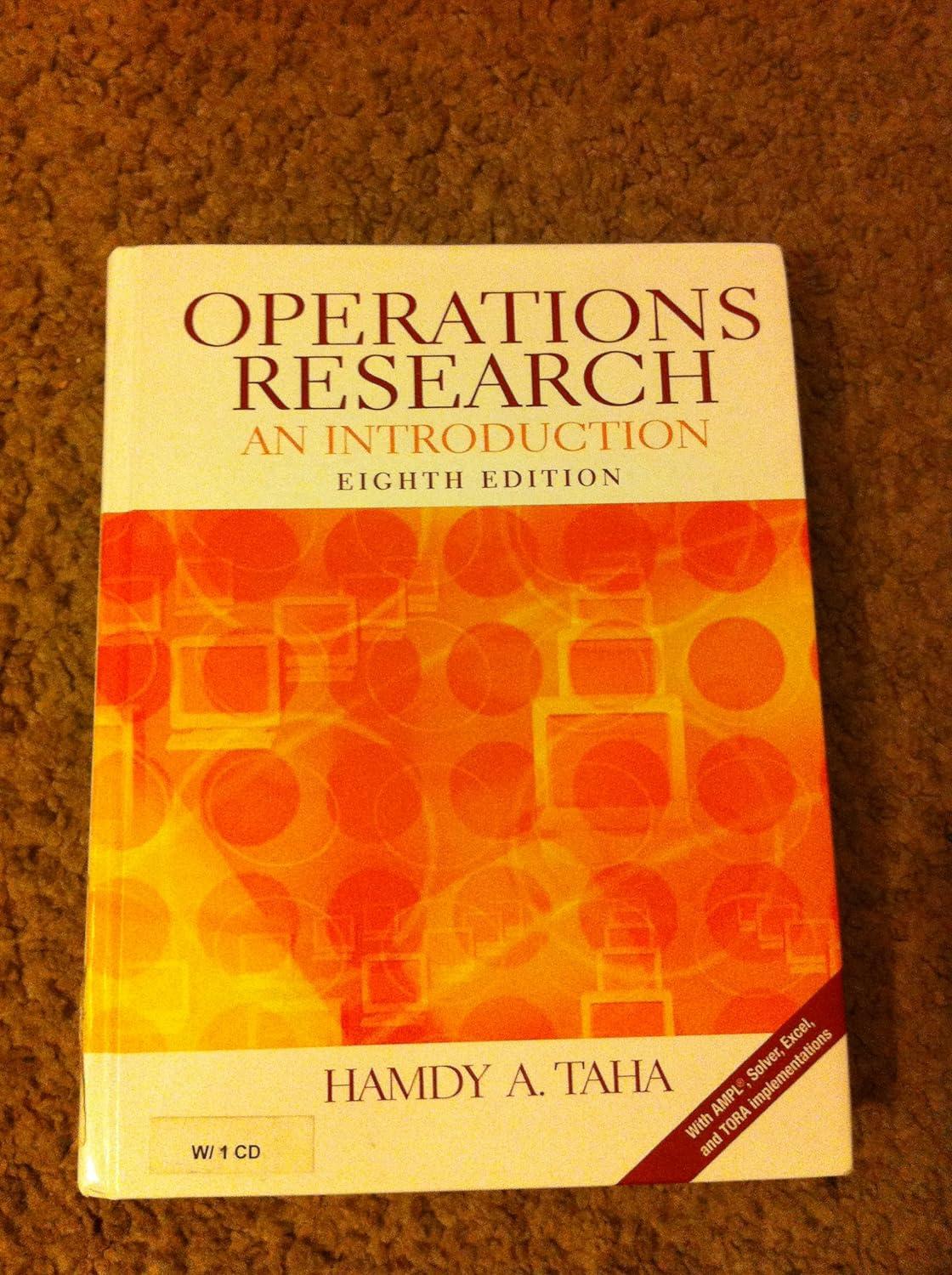8. The 100% Optimality Rule. A rule similar to the 100% feasibility rule outlined in Problem 12,...
Question:
8. The 100% Optimality Rule. A rule similar to the 100% feasibility rule outlined in Problem 12, Set 3.6c, can also be developed for testing the effect of simultaneously changing all Cj to Cj + dj , j := 1,2, ... , n, on the optimality of the current solution. Suppose that Uj :s dj :s Vj is the optimality range obtained as a result of changing each Cj to Cj + dj one at a time, using the procedure in Section 3.6.3. In this case, Uj 5 0 (Vj ~ 0), because it represents the maximum allowable decrease (increase) in Cj that will keep the current solution optimal. For the cases where Uj :s dj ::5 Vj. define Tj equal to ~ if dj is positive and ~ if dj is negative. By definition, 0 ::5 rj ::5 1. The 100% rule says that a sufficient (but not necessary) condition for the current solution to remain optimal is that T\ + 1"2 + ... + Til ::5 1. If the condition is not satisfied, the current solution mayor may not remain optimal.111e rule does not apply if dj falls outside the specified ranges.
Demonstrate that the 100% optimality rule is too weak to be consistently reliable as a decision-making tool by applying it to the following cases:
(a) Parts (ii) and (iii) of Problem 1.
(b) Part
(b) of Problem 7.
Step by Step Answer:






